RF Skin Resurfacing is a cutting-edge non-invasive skin treatment combining microneedling with radiofrequency energy. It stimulates collagen production, improves skin texture, reduces fine lines, and enhances overall complexion. This popular choice for natural skin rejuvenation addresses surface issues and deeper structural changes, offering safe and effective results. Proper post-treatment care ensures optimal outcomes and minimizes side effects. Real-life experiences and impressive results have made RF Skin Resurfacing a preferred alternative to surgical procedures.
Microneedling skin resurfacing is a revolutionary skincare procedure gaining popularity for its ability to promote collagen production and enhance skin texture. This comprehensive guide delves into the world of microneedling, exploring its science, benefits, and advanced techniques like RF (Radio Frequency) skin resurfacing. From understanding the process to choosing the right device and post-treatment care, we provide a detailed overview to help you navigate this transformative skincare treatment. Discover real-life success stories and unlock your skin’s potential with microneedling.
Understanding Microneedling: A Comprehensive Overview

Microneedling is a groundbreaking skin-resurfacing technique that has taken the beauty industry by storm. This non-invasive procedure involves using fine, sterilized needles to create tiny pricks in the skin, stimulating collagen production and promoting cellular regeneration. The process sounds simple, but its effects are remarkable, offering a gentle yet effective way to improve skin texture, reduce fine lines, and enhance overall skin appearance.
RF Skin Resurfacing, as it’s often called, goes beyond traditional microneedling by incorporating radiofrequency energy. This advanced technology not only improves skin elasticity but also heats the deeper layers of the dermis, further enhancing collagen synthesis. The result is a more youthful, radiant complexion, making it a popular choice for those seeking natural and lasting skin rejuvenation.
The Science Behind RF Skin Resurfacing
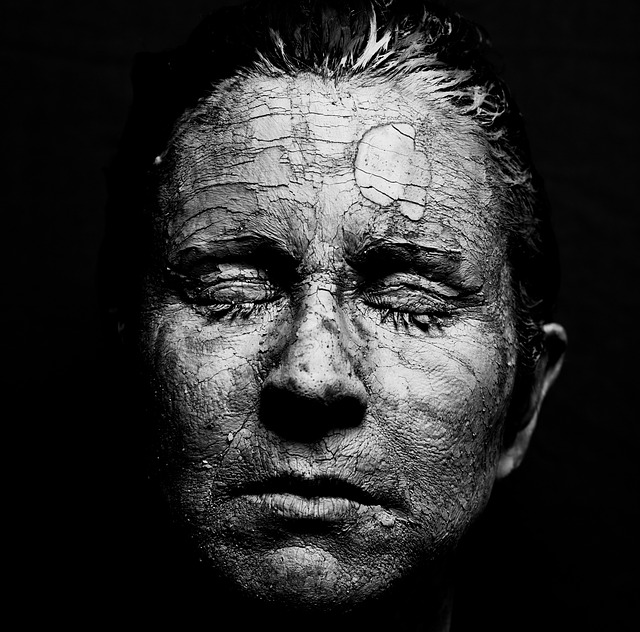
Microneedling involves using tiny, fine needles to create controlled micro-injuries in the skin. This process prompts a powerful healing response from the body, stimulating collagen and elastin production. Radiofrequency (RF) Skin Resurfacing takes this a step further by combining microneedling with focused RF energy. The RF energy heats the deeper layers of the skin, improving collagen tightening and enhancing the overall resurfacing effect. This advanced technique offers a more comprehensive approach to skin rejuvenation, addressing both surface imperfections and deeper structural changes.
The science behind RF Skin Resurfacing lies in its ability to interact with various skin layers simultaneously. The micro-needles create channels that allow the RF energy to penetrate deeply, targeting specific areas of concern. This dual action results in improved skin texture, reduced fine lines and wrinkles, and a more even skin tone. By combining the precision of microneedling with the therapeutic benefits of RF energy, this procedure offers a safe and effective way to achieve youthful-looking skin.
Benefits of Microneedling for Skincare

Microneedling, a cutting-edge skincare treatment, has gained popularity for its remarkable benefits in skin resurfacing and rejuvenation. This non-invasive procedure involves using fine needles to create tiny punctures in the upper layers of the skin, stimulating a healing response that leads to several aesthetic advantages. One of the key advantages is its ability to enhance collagen production; this powerful protein is essential for maintaining skin elasticity and a youthful appearance. By encouraging collagen growth, microneedling can reduce the visibility of fine lines, wrinkles, and scars, providing a more even and smooth skin texture.
Additionally, RF Skin Resurfacing, a specific technique under the microneedling umbrella, offers targeted treatment options for various skin concerns. It can improve skin tone and texture by unclogging pores and reducing hyperpigmentation. The controlled damage to the skin also allows for better absorption of topical products, making it an effective step in any skincare routine. This versatile therapy has become a favorite among individuals seeking a natural way to transform their complexion.
The Process of Microneedling Treatment
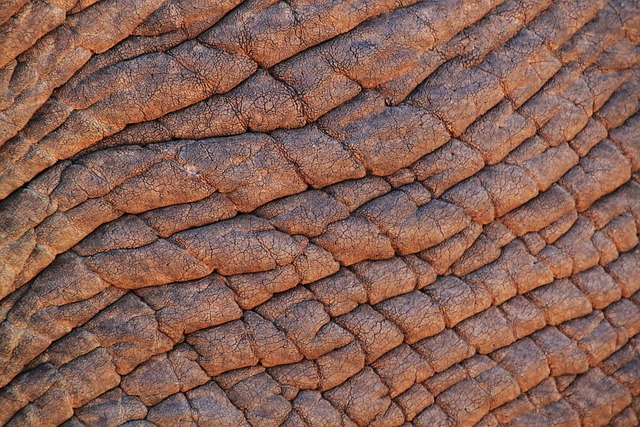
Microneedling skin resurfacing involves using a device with tiny needles to create controlled micro-injuries in the top layer of the skin. This process stimulates the body’s natural healing response, which produces collagen and elastin—key proteins responsible for maintaining skin elasticity and firmness. The device used in this procedure can vary, from manual rollers to advanced radiofrequency (RF) microneedling machines that combine needle penetration with RF energy to enhance results.
During an average session, the treated area is cleaned, and a numbing agent may be applied to minimize discomfort. The microneedling device is then gently glided across the skin in multiple directions. After the treatment, a healing cream or serum might be applied to soothe the skin. Over time, as the skin repairs itself, it appears smoother, more even-toned, and youthful, with reduced appearance of fine lines, scars, and texture irregularities—making it a popular choice for RF skin resurfacing.
Safety and Precautions: What You Need to Know
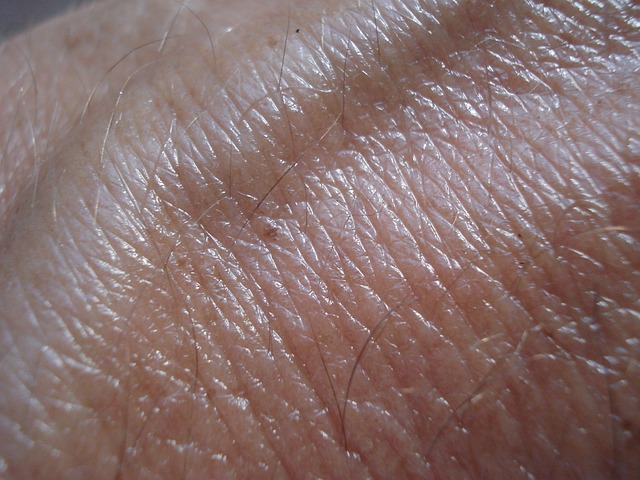
Microneedling skin resurfacing, including RF (Radio Frequency) Skin Resurfacing, is generally considered safe when performed by a qualified professional using sterile equipment. However, as with any procedure, there are certain precautions and potential risks to be aware of. Before undergoing treatment, it’s essential to discuss your medical history, skin concerns, and expectations openly with your provider. They will advise on the most suitable depth of needling and energy settings for your unique needs.
Post-procedure care is crucial. Your skin may be sensitive and slightly irritated after the treatment. Avoid exposing treated areas to direct sunlight, and use only recommended products for skin care. It’s important to follow your practitioner’s instructions regarding downtime, as this varies depending on the severity of your skin concerns and the type of microneedling device used. Promptly reporting any unusual reactions or persistent discomfort is vital to ensure optimal healing.
Choosing the Right Microneedling Device
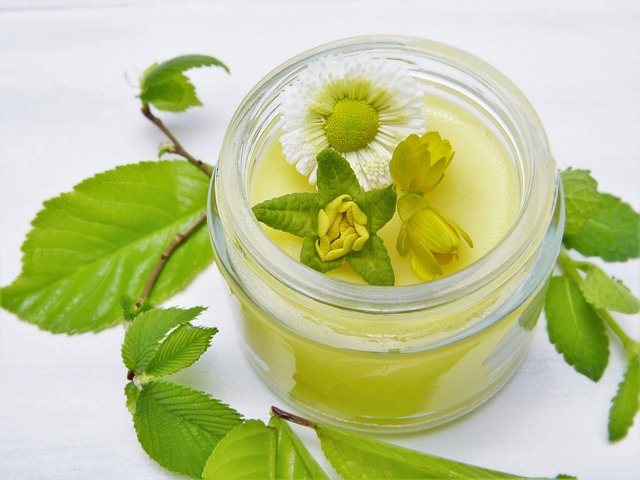
When considering microneedling skin resurfacing, selecting the right device is paramount to achieving optimal results. There are various types available in the market, each offering unique features and benefits. For instance, RF (Radio Frequency) Skin Resurfacing devices have gained popularity due to their ability to combine microneedling with targeted RF energy delivery. This technology not only encourages collagen production but also improves skin texture and tone.
When making a choice, look for devices that offer adjustable needle lengths and depths to cater to different skin concerns. A quality device should ensure precise control over the procedure, minimizing discomfort and maximizing safety. Additionally, consider those with sterile, disposable needles to prevent infections and ensure consistent performance.
Post-Treatment Care and Recovery

After microneedling skin resurfacing, proper post-treatment care is essential for optimal results and to minimise any potential side effects. It’s crucial to keep the treated area clean and moisturised. Avoid touching or rubbing the skin, and be gentle when cleansing. Using a mild cleanser and avoiding harsh products will help prevent irritation. Additionally, sun protection is vital; always apply sunscreen with at least SPF 30 to protect the sensitive skin from UV damage.
During the recovery period, which typically lasts for a few days, you may experience redness, swelling, and slight bleeding. Applying a cold compress can help reduce these symptoms. It’s recommended to avoid strenuous activities and hot environments during this time. You should also steer clear of makeup, lotions, and other products until the skin has fully healed. Following these guidelines will ensure your skin can heal properly, revealing smoother, more youthful-looking results in the RF Skin Resurfacing treatment.
Real-Life Results: Success Stories

Microneedling skin resurfacing, a procedure that involves using tiny needles to create controlled micro-injuries in the skin, has garnered significant attention for its ability to stimulate collagen production and enhance skin texture. The results are often remarkable, with many individuals sharing their success stories across various platforms. These real-life experiences serve as compelling evidence of microneedling’s effectiveness in treating a range of skin concerns, from acne scars and fine lines to hyperpigmentation and uneven skin tone.
One notable success story involves RF Skin Resurfacing, a modern variation that combines radiofrequency energy with microneedling. Patients have reported significant improvements in skin elasticity and overall complexion, achieving smoother, more youthful-looking skin without the downtime associated with traditional surgical procedures. Such positive outcomes have led many to embrace microneedling as a safe and non-invasive alternative for achieving radiant, rejuvenated skin.
Exploring RF Skin Resurfacing: Advanced Techniques
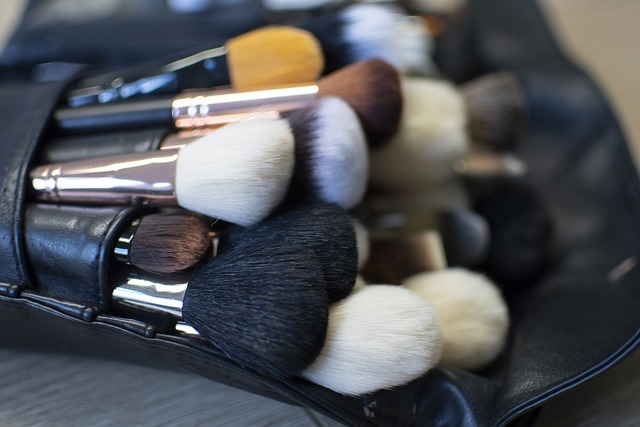
Microneedling has evolved with the integration of Radio Frequency (RF) technology, offering advanced skin resurfacing techniques. RF Skin Resurfacing goes beyond traditional microneedling by using controlled radiofrequency energy to stimulate collagen production and improve skin texture. This innovative approach allows for deeper penetration into the dermis layer, encouraging the body’s natural healing process and promoting the formation of new, healthy skin cells.
The procedure involves the use of fine needles that create tiny channels in the skin, while RF energy is delivered to heat up the collagen and elastin fibers. This dual action not only improves skin appearance by reducing fine lines, wrinkles, and scars but also enhances product penetration during post-treatment skincare routines. As a result, RF Skin Resurfacing provides more significant and lasting results compared to conventional microneedling methods.
